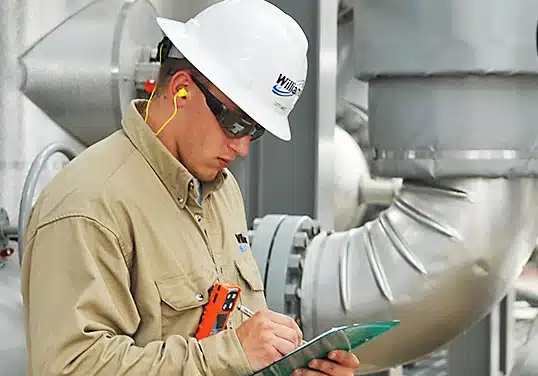And What Makes Cathodic Protection So Awesome?
Cathodic protection is a key technology for protecting against corrosion because it can be easy to apply and can be monitored 24/7. It’s as near to a set-it-and-see-it method for keeping buried, immersed or steel in concrete metal structures safe from corrosion as we can get. Plus, it’s cost-effective and works on many metals, as well as steel. It even works for atmospherically exposed steel when embedded in concrete.
What causes corrosion in the first place?
Corrosion is caused by a metal being in contact with a corrosive environment. Factors like the metallurgical condition of the metal, connection to dissimilar metals or varying levels of oxygen exposure can speed up the corrosion process.
You see, metal wants to go back to its natural state (ore) through a process known as corrosion. This is the metal “rusting” away. It’s an electro-chemical process that involves the flow of electrical currents, with an anodic reaction involving the oxidation of the metal to its ions.
So, how does cathodic protection actually work?
The idea behind cathodic protection is to turn the entire surface of the metal into a “cathode”, thus stopping the corrosion process.
An external “anode” is connected to the vulnerable metal with the result that the metal structure should not corrode. There are two main types of cathodic protection . . .
Read more @ Institute of Corrosion
#inspection #corrosion #cathodicprotection #cathodic


